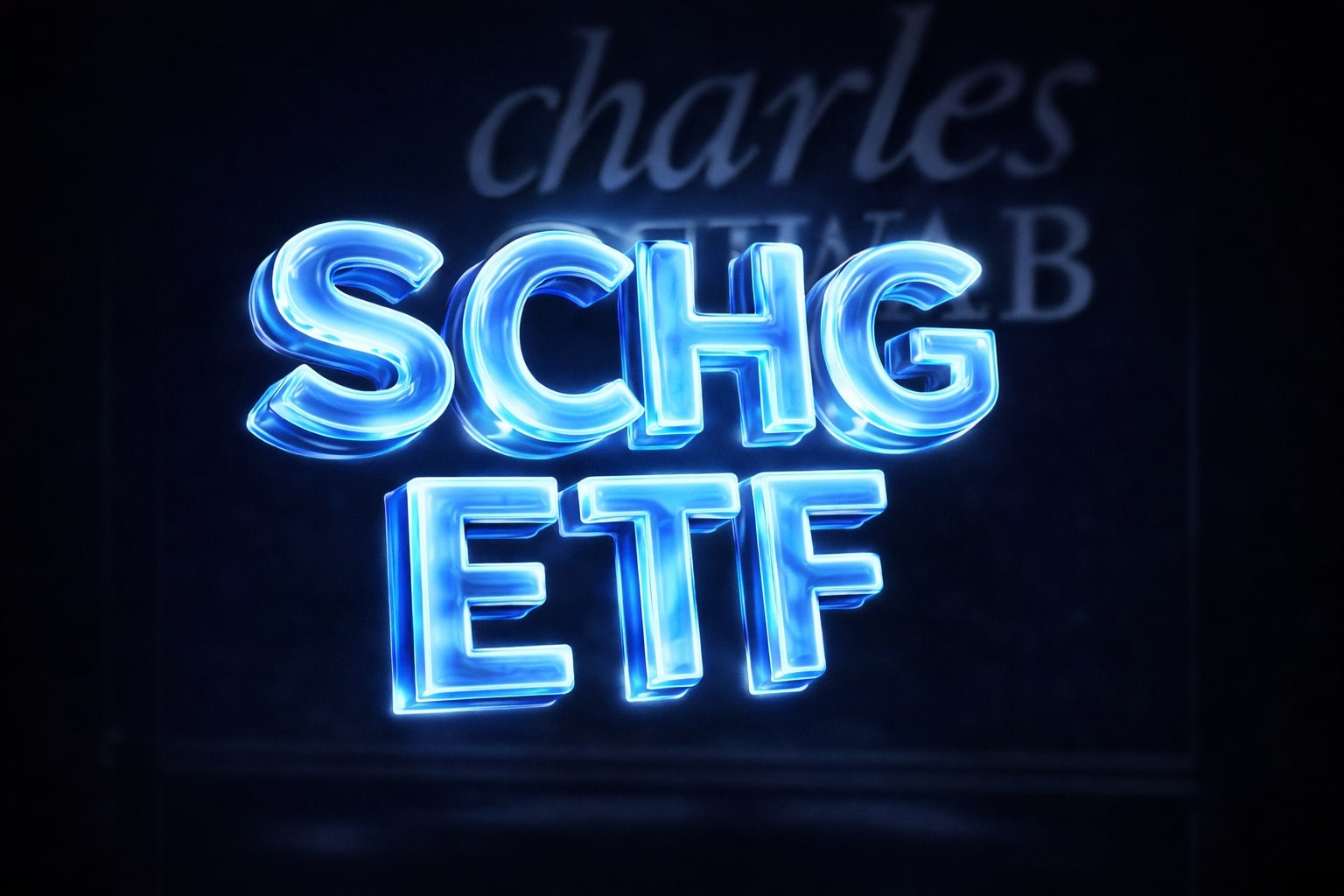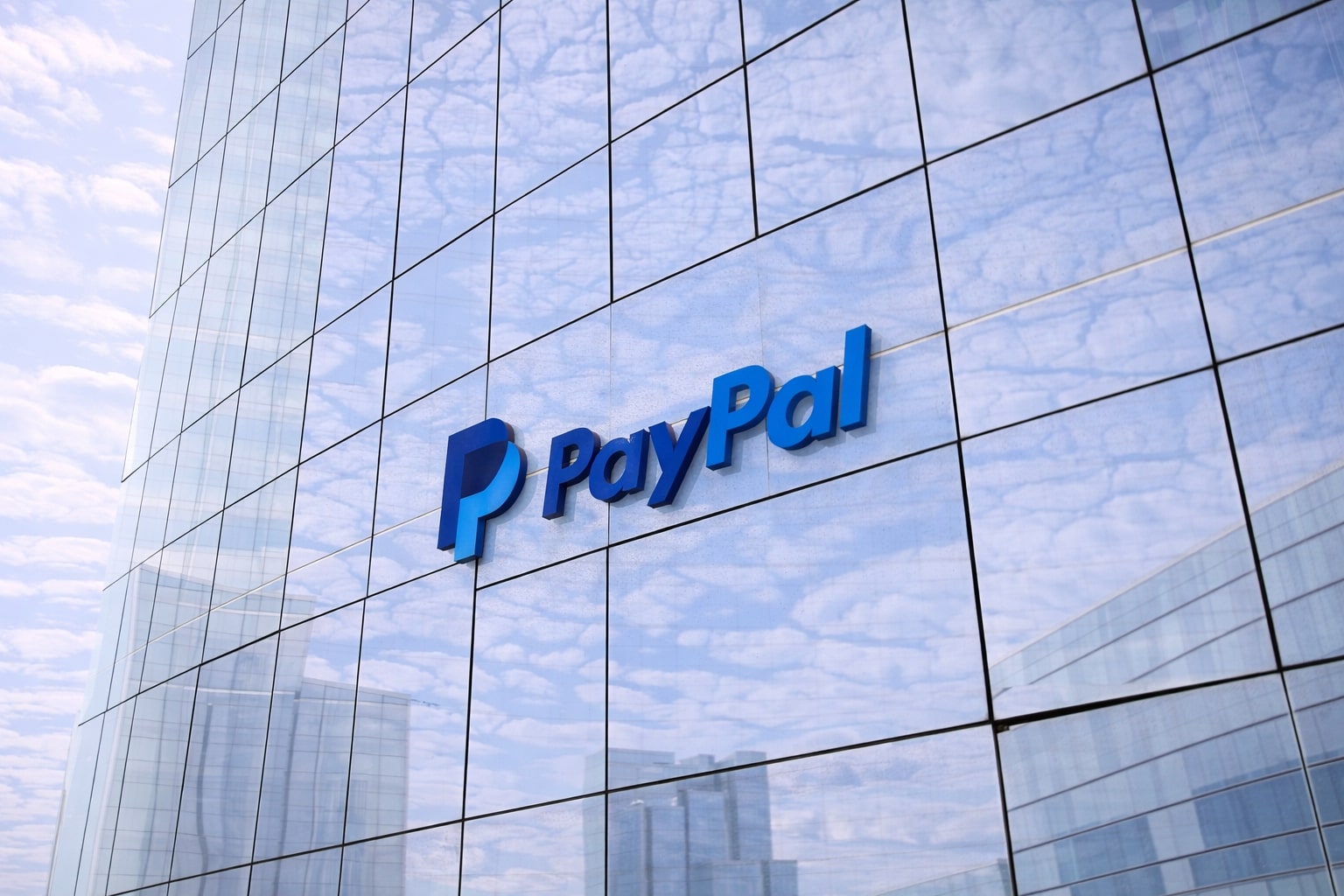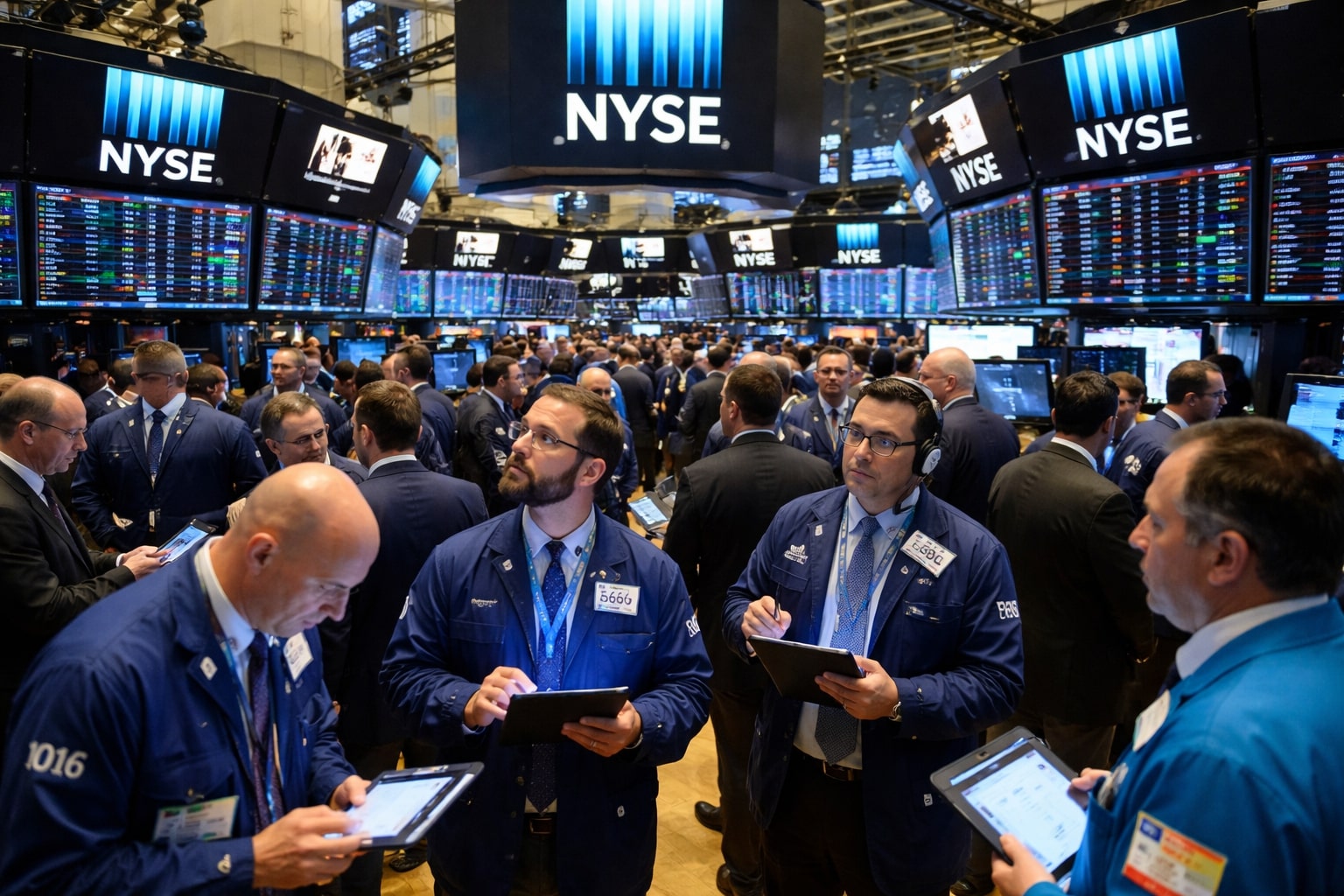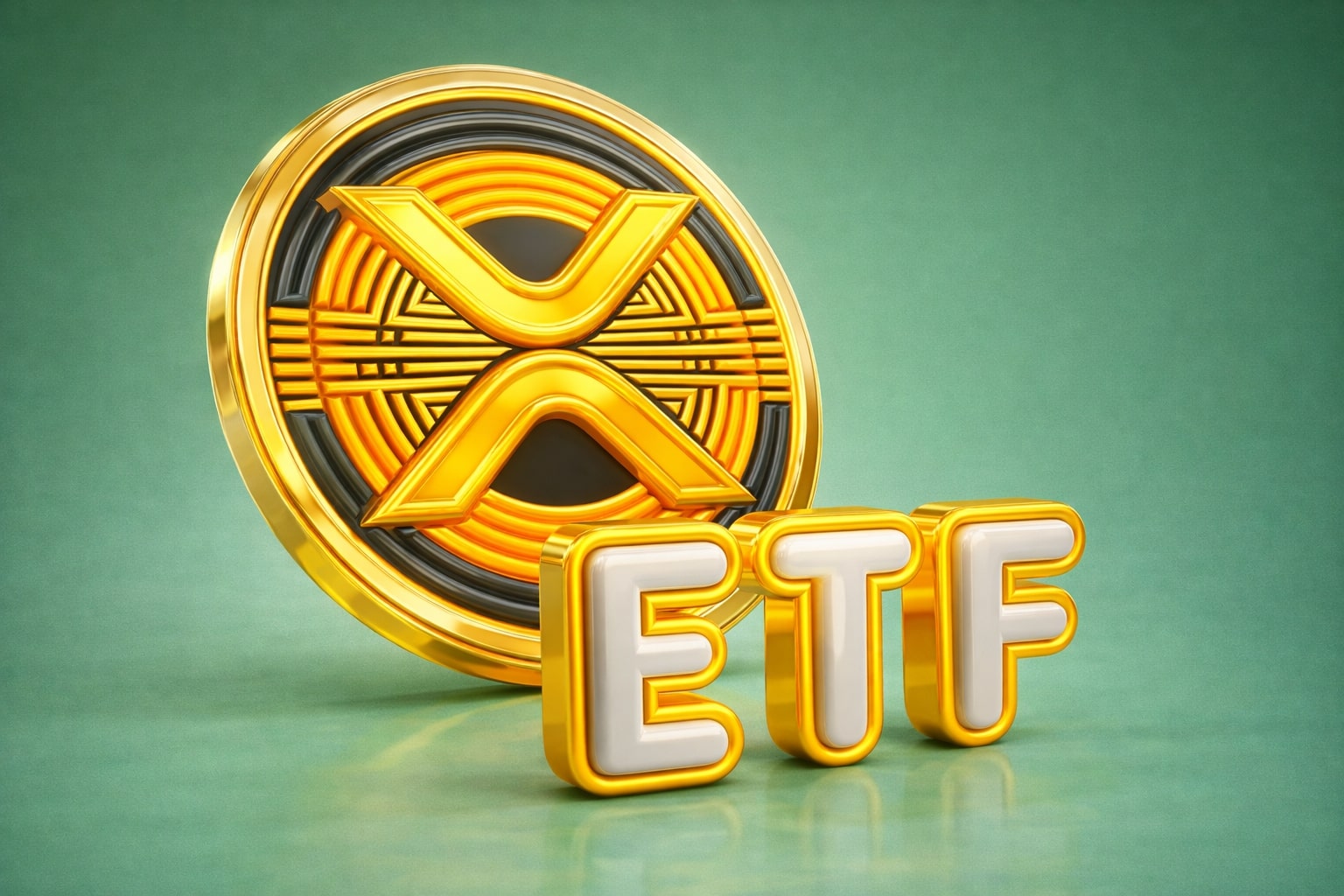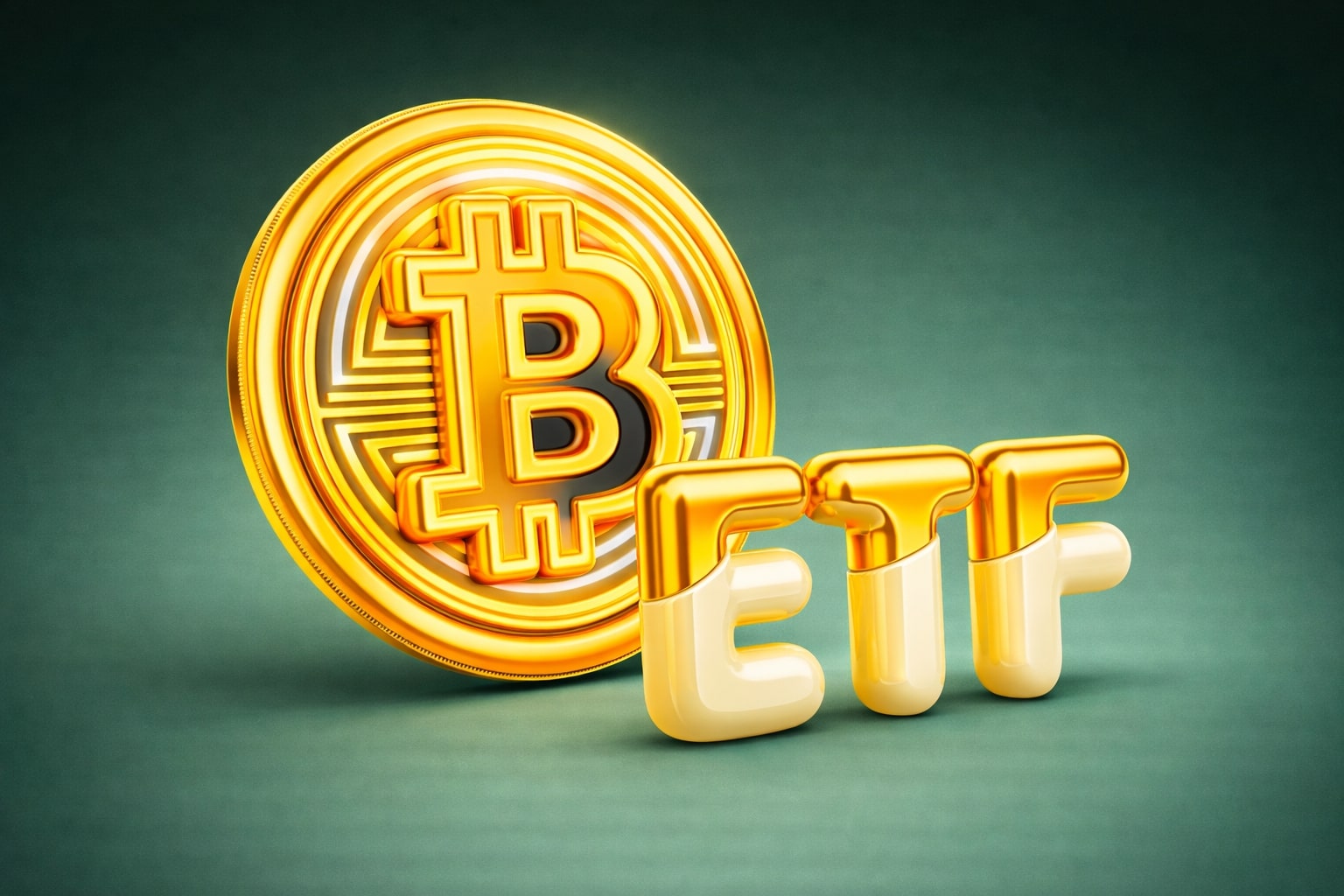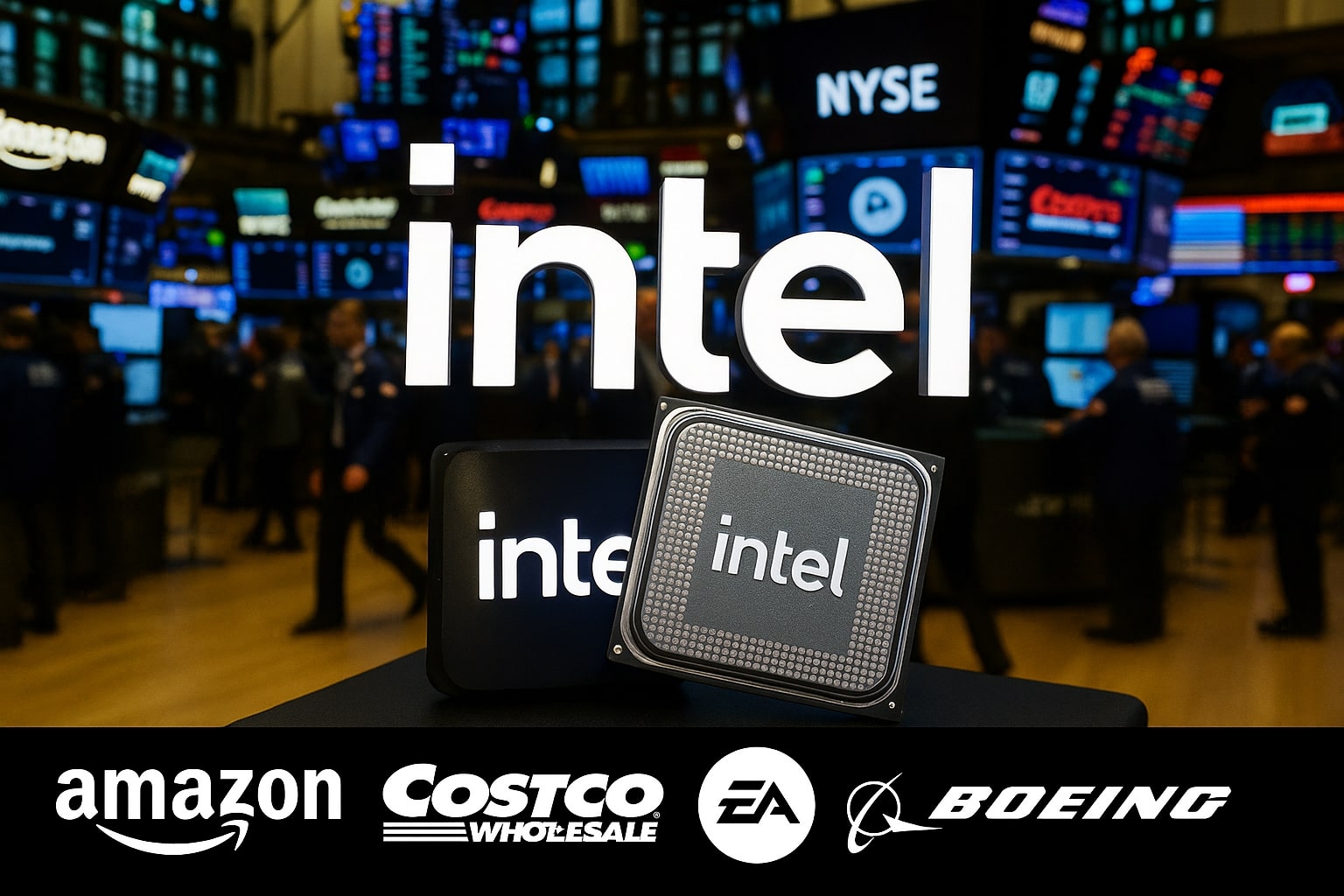
Stock Market Weekly Summary - Dow Closes at 46,247 as Intel Stock (NASDAQ:INTC), Boeing, EA Lift Wall Street While Amazon Tumbles
S&P 500 slipped 0.3% weekly to 6,643; Nasdaq ended at 22,484 (-0.7%). Intel rallied to $35.50 on Apple–TSM deal buzz, EA hit $193.35, Boeing reached $221.26, while tariffs boosted Paccar and weighed on RH | That's TradingNEWS
Indices Reverse Losses But End Week Lower
Wall Street wrapped up the week with a late Friday surge that lifted the Dow Jones Industrial Average (^DJI) by 299.97 points or 0.65%, closing at 46,247.29. The S&P 500 (^GSPC) added 0.59% to finish at 6,643.70, while the Nasdaq Composite (^IXIC) gained 0.44% to settle at 22,484.07. Despite this rebound, all three benchmarks broke their winning streaks: the Dow ended down 0.2%, the S&P 500 slipped 0.3%, and the Nasdaq declined 0.7% for the week.
The Russell 2000 (^RUT) also faltered, sliding 0.8% for its first weekly loss in two months, though Friday’s close at 2,434.32 represented a 0.97% bounce. Weakness in high-growth tech names contrasted with stronger showings from industrial and financial sectors, creating a split performance across the market.
Inflation Report Anchors Rate Cut Bets
The Personal Consumption Expenditures (PCE) index—the Federal Reserve’s preferred inflation gauge—remained sticky but predictable. Headline prices rose 0.3% in August and 2.7% year over year, while core inflation excluding food and energy came in at 0.2% monthly and 2.9% annually. These readings aligned with Wall Street expectations, reinforcing the narrative that the Fed has space to cut rates.
Bond markets showed little volatility: the 10-year Treasury yield (^TNX) closed at 4.16%, slightly softer than Thursday, while the 30-year yield (^TYX) hovered at 4.74%. Futures markets priced in an 88% probability of a rate cut in October, with a second cut likely in December.
Consumer Sentiment Weakens Despite Market Highs
The University of Michigan sentiment index dropped to 55.1 in September, down from 58.2 in August and well below last year’s 70.3. The decline reflects broad concerns over tariffs and persistent inflation. However, the survey showed a divide: wealthier households with substantial equity portfolios reported steady optimism, while smaller investors grew more negative.
Short-term inflation expectations eased to 4.7%, down from 4.8%, while long-term forecasts ticked higher to 3.7% from 3.5%, underscoring unease over price stickiness. Political breakdowns highlighted a split in sentiment: Democrats reported improved confidence, while Republicans and independents became more pessimistic.
Tariff Announcements Reshape Winners and Losers
Fresh tariff measures by President Trump caused outsized moves across sectors. A 25% duty on imported heavy trucks propelled Paccar (PCAR) up 5.16% to $100.50, as its Peterbilt and Kenworth brands benefit from protectionist policy. Furniture stocks sank after a 30% tariff on upholstered goods, with RH (RH) falling 4.16% to $202.50, and Wayfair (W) down nearly 3%.
The most dramatic announcement came in pharmaceuticals: a 100% levy on branded drugs made abroad unless manufacturers establish U.S. plants. Yet, large pharma shares advanced, signaling investor confidence in exemptions. Eli Lilly (LLY) gained 1.39% to $724.54, Merck (MRK) added 1%, and Pfizer (PFE) closed 0.5% higher. In contrast, Asian pharma shares were hit hard, with Sumitomo Pharma (DNPUF) tumbling 4.3% and India’s pharma index losing 2.6%.
Read More
-
SCHG ETF Near $33 High As AI Giants Drive 19% 2025 Rally
01.01.2026 · TradingNEWS ArchiveStocks
-
XRP-USD Stuck At $1.87 As XRPI Near $10.57 And XRPR Around $14.98 Despite $1.16B ETF Wave
01.01.2026 · TradingNEWS ArchiveCrypto
-
Natural Gas Price Forecast - NG=F Slides Toward Key $3.57 Support As Ng=F Extends 33% Drop
01.01.2026 · TradingNEWS ArchiveCommodities
-
USD/JPY Price Forecast - Yen Near 156 As Fed Cuts Meet Boj Hawkish Turn
01.01.2026 · TradingNEWS ArchiveForex
Corporate Earnings, Stock Movers, and Intel’s Strategic Shift
The week delivered a broad slate of earnings and deal headlines that reshaped sector sentiment and pushed individual stocks into sharp moves.
Costco Wholesale (COST) reported quarterly earnings of $5.87 per share on $86.16 billion in revenue, beating analyst estimates on both top and bottom lines. Yet the stock slid 2.90% to $915.95 after markets zeroed in on slowing same-store sales growth of 6.4%, the second straight quarter of deceleration. While Costco’s fundamentals remain solid — underpinned by its Kirkland signature brand strength and digital expansion — investors are cautious on discretionary categories, where customer spending is softening.
Electronic Arts (EA) became the week’s clear outlier, rocketing 14.87% to $193.35 after reports surfaced of a possible $50 billion leveraged buyout, led by Silver Lake and Saudi Arabia’s Public Investment Fund. If executed, this would mark the largest takeover in gaming industry history, fueling speculation about industry consolidation and EA’s long-term valuation.
Boeing (BA) added 3.62% to $221.26, lifted by major commercial deals. Turkish Airlines placed an order for 75 Dreamliners, and Norwegian Air secured 30 737 MAX jets, while regulators eased restrictions by granting Boeing partial authority to self-certify airworthiness certificates for the 737 and 787. The developments eased concerns over production oversight and underscored resurgent international demand.
Intel Corporation (NASDAQ:INTC) Stock Price, meanwhile, captured Wall Street’s attention with a rally of 4.44% to $35.50 after reports it was in preliminary talks with Apple (AAPL) and Taiwan Semiconductor (TSM) about strategic investment deals. This potential pivot is being viewed as one of Intel’s most significant developments in years, not because of a product breakthrough but because of the scale of deal-making. Intel, which has long trailed Nvidia (NVDA) and AMD (AMD) in advanced chip design, is now repositioning itself through government-backed subsidies under the CHIPS Act and renewed corporate partnerships. Apple, which famously abandoned Intel chips in favor of in-house silicon, re-entering discussions suggests a potential reconciliation that could solidify Intel’s place in global supply chains. Parallel overtures to TSM highlight Intel’s recognition that alliances may be key to regaining foundry relevance.
The market is increasingly treating Intel less as a laggard and more as a strategic U.S. technology asset, vital for domestic chip production and national security. With the stock still trading more than 50% below its 2021 peak, the jump to $35.50 illustrates a shift in investor perception that the company’s turnaround may be built not solely on innovation, but also on government support and high-profile partnerships.
Among the Magnificent Seven, performance skewed negative. Amazon (AMZN) led declines, falling nearly 5%, while Meta Platforms (META) slipped 4% and Alphabet (GOOGL) lost 3%. Microsoft (MSFT) edged lower by 2%, while Nvidia (NVDA) closed nearly flat at $178.19, and Tesla (TSLA) held steady. The notable exception was Apple (AAPL), which climbed more than 4% on optimism around its new iPhone lineup.
Metals Surge With Silver Near 2011 Peak
Precious metals extended gains as safe-haven flows increased. Silver (SI=F) climbed 3.42% to $46.65 per ounce, approaching its 2011 record near $49. The metal is up more than 60% YTD, surpassing gold’s 46% rise. Gold (GC=F) also advanced, with support from a softer dollar and expectations of monetary easing. UBS analysts forecast silver may benefit further from high-beta trades tied to gold’s momentum, though they warn volatility could be sharp as investors book profits quickly.
Macroeconomic Momentum Points to Growth
Revised Q2 GDP showed annualized growth of 3.8%, boosted by stronger consumer spending. The Atlanta Fed’s Q3 tracker now projects growth of 3.9%, signaling momentum despite tariff risks. Durable goods orders rose unexpectedly, while new home sales jumped 20% to a three-year high.
UBS and BMO Capital Markets highlighted the supportive macro backdrop, with BMO raising its year-end S&P 500 target to 7,000, suggesting roughly 6% upside from current levels. At the same time, valuations remain stretched at 22.5x forward earnings, compared with a five-year average of 19.9x and a ten-year norm of 18.6x.
Global capital flows confirm U.S. dominance: in the first half of 2025, the U.S. captured 93% of cross-border IPOs, with firms like Klarna debuting on the NYSE at a valuation of $16 billion. Foreign investors have kept allocations to U.S. equities near record highs at over 30% of portfolios, reinforcing Wall Street’s global magnetism despite tariff turbulence.














